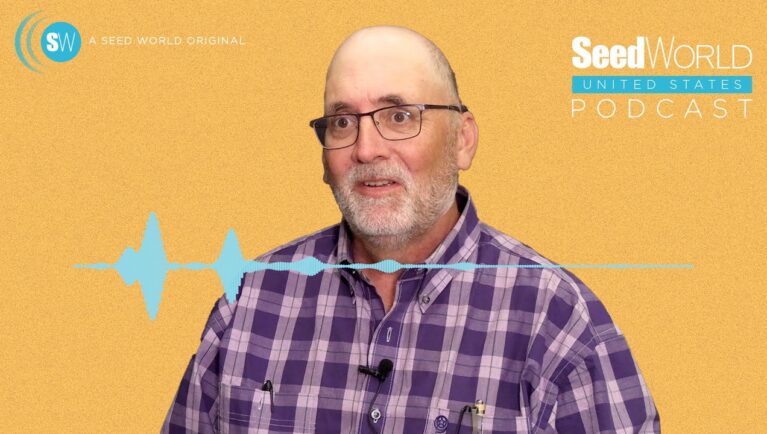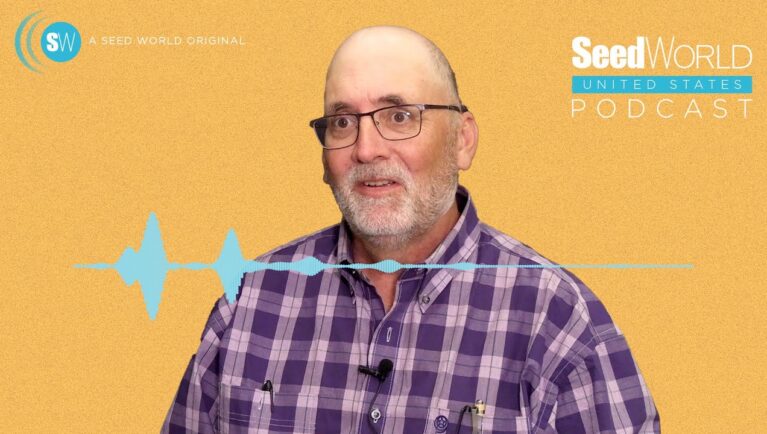
In the mid-1990s, Bill Rooney took on a research program that would become pivotal in bioenergy. Rooney, now recognized as a leader in bioenergy sorghum, didn’t set out with a grand vision but found his path at the crossroads of preparation and opportunity.
“It was a mix of serendipity and foresight,” he shares, recalling his early days in the field. “When I inherited the program in 1995, I knew there was material in our collection that could potentially thrive in bioenergy applications.” What began as a Ph.D project focused on biomass production grew into a transformative movement in renewable energy.
When global interest in bioenergy surged, Rooney and his team at Texas A&M University had already developed the germplasm needed to create the first commercial bioenergy sorghum hybrids. This readiness allowed them to seize the moment and expand the program. “It was a classic case of being in the right place at the right time, but with the materials and knowledge to make it work,” he says.
Rooney’s work didn’t stop at bioenergy. His program also led groundbreaking advances in interspecific hybridization, a technique allowing breeders to cross species and introduce new traits to cultivated crops. Initially aimed at transferring disease and pest resistance from wild relatives to sorghum, the technique evolved in unexpected ways.
“One major outcome was hybridization between sorghum and sugarcane, enabling us to share traits between these crops,” Rooney explains. More recently, they’ve used it to develop herbicide-tolerant varieties, demonstrating interspecific hybridization’s versatility.
At the 2023 National Association for Plant Breeding (NAPB) conference, Rooney was awarded the Public Sector Impact Award, recognizing his contributions to plant breeding and public research.
The post Bill Rooney’s Bioenergy Sorghum Revolution: Turning Innovation into Global Impact appeared first on Seed World.
